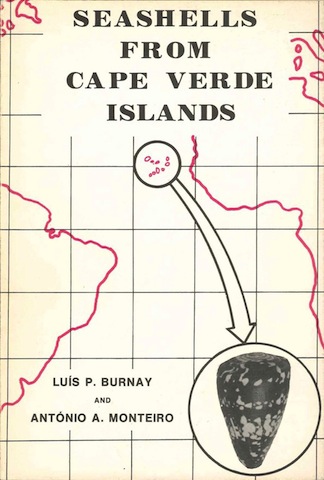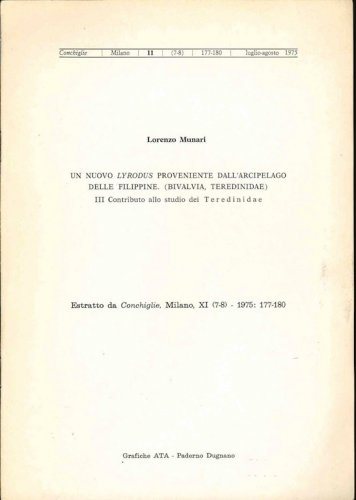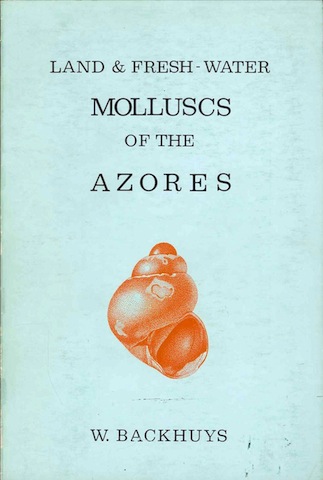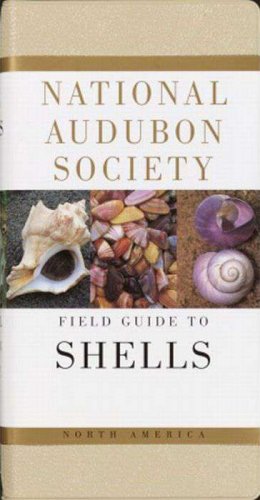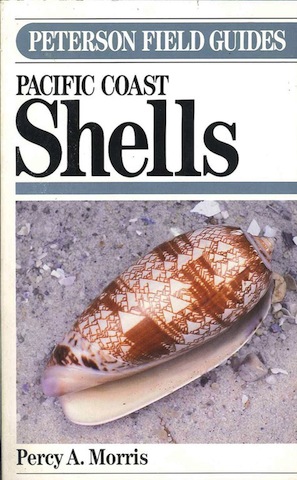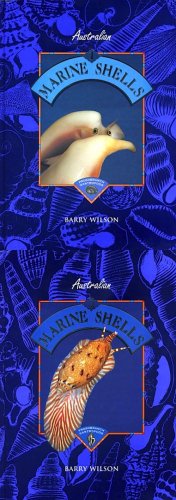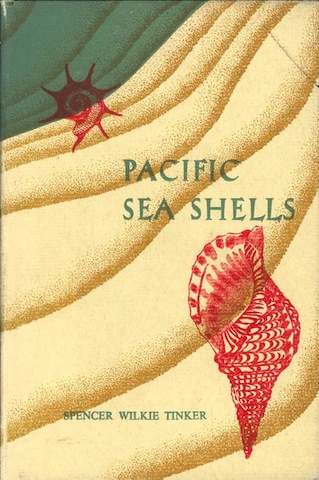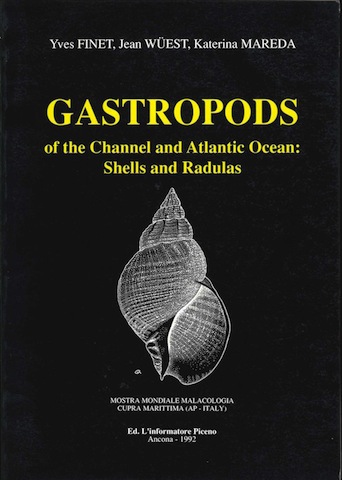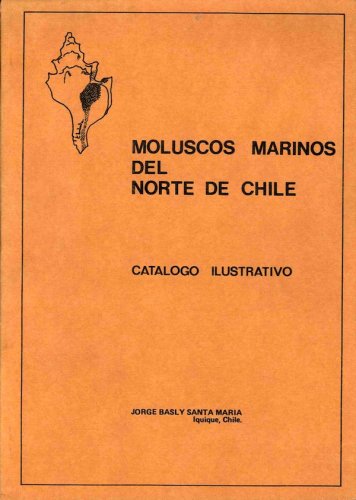Seashells from Cape Verde islands
Seashells from Cape Verde islands
- Disponibile in 48 ore
- Possibilità di reso entro 10 giorni lavorativi
- Transazione sicura con carta di credito, Paypal o bonifico bancario
- Spedizione tracciata con SDA
Considering that the malacological fauna of the West Coast of Africa. and especially the one of the Cape Verde Islands, is one of the least known, and a1so one about which the largest amount of confusion arises. from the taxonomical point of view l we have a1ways made it our goal to know it better and afterwards. to try to answer some of the classification daubts still existing. In arder to fulfil these objectives, we have decided to go to the mentioned Archipelago. so that we could loca.lly make correct observations, conceming habitat, dispersion and other details which are important to a better knowledge of that fatula. In August, 1975, we have carried out a preliminary 17 days mission in the Islands of Sal and S.Vicente. One year later. more precisely in August, 1976, we have gone in a second expedition, which lasted 22 days; we have then revisited the same two Islands and also paid a quick vislt to the Island of Sto. Antlio. Besides snorkeling, we performed lots of scuba diving, which has allowed us to make some interesting observations. We take this opportunity to mention that we have recorded in several places an exuberant Oplsthobranchian fauna, to which, unfortunately, we could pay little attention, since aut main interest was centered around Prosobranch Gastropods. Howewer, we do hope that the suggestion of so rich a fauna will help to develop in someone's mind the idea of studying it more deeply once. After we carne back to Portugal, we decided that by every means wlthin our rea ch, we would try to throw a Iittle Iight upon alI the confuslon around classification of species from Cape Verde Islands. So, we have begun searching all the pertinent species, through all the bibliography we were able to get. As far as ancient works are concemed, such as the ones by Kiener, Reeve and Tryon, we have met a certain amount of difficulties, because of the heavy bureaucracy one has to surpass in Lisbon's Faculty of Sciences, to have access to such works. The same problems arise when jt comes to merely seing the malacological specimens belonging to Lisbon's Bocage Museum, which would appropriately be compared with the ones we brought. We take this opportunity to express our sorrow for the lack cf support given by those institutions to private investigators. As far as more recent works are concemed, and since they are generally absent from public libraries in Lisbon, we had to get the help of sevefal private shell collectors, who have friendly supplied us with some of the books we were missing. Even so, we feel sure that we have skipped .a certain number of eventually important works, so that errors are bound to be present in this work; we hope these will be corrected by those with greater knowledge and access to a vaster bibliography than ourselves. Having this in mind, and not wishing to give rise to new confusions, we have deliberately not considered as new species the ones of which we could find no descripitions anywhere. In such cases, we have indicated the genus only. In a number of instances when by any reason the description or the illustration of a described species do not match the specimens we have got, even though they are very close to them, we have made these doubts quite clear, and at the same tirne we have mentioned the publications in which such descriptions or illustrations figure, far ulterior confrontation. It is adequate to recall that ancient descriptions often suffer from several defects, mainly due to the eventual bad preservation of many of the described holotypes, namely as far as colours are concerned, since many of them were dead collected and thus presented themselves faded; in many instances, also, there were serious errors in the localities indicated for specimens: Conus textile, for instance, which is a very well known Indo-Pacifie species, was often indicated as living in West Africa. For all this and also because of the restrieted distribution areas of certain species from the Cape Verde Islands, about which we shall say more later on, we think the taxonomical confusion and generaI bad knowledge of the fauna to be quite predictable. So, as an example, let us take a look at the confusion among Conus venulatus Hwass, C. ateralbus Kiener and C. ennineus Born: C. ateralbus, as described by Kiener, does not leave us any doubt of exactly matching the specimens we took from the Island of Sal. As far as we know, no such Conus specimens have been found, out of this Island, and even there, only during the expeditions of the Centro Portugues de Actividades Subaquaticas. AlI the contacts we maintain abroad were unanimous in recognizing that they had never seen similar ones. Kiener has indicated no locality for the species he called C. ateralbus; the same thing did bappen to many other West African species be described, namely to C. zebroides and C. africanus. Lack of locality indications bas surrounded tbe species in a kind of mystery, since it is quite natural that no more collecting was done far a long time, in the small distribution area of the species (as far as we know, restricted to the Island of Sal). So, the true C. ateralbus was lost and no better known shell was quite like it. Then, Tryon, in his monumental work, tulconsciously began the confusion, by considering, in the absence of specimens similar to those described by Kiener, that C. ateralbus should be synonymous with some other species. Comparing illustrations and descriptions, within Kiener's work, be decided that he would put it as a synonym of C. nivosus Lamarck and also of a species deseribed by Hwass under the name of C. venulatus. This latter one, however, is quite different and may even prove to be synonymous with C. ermineus Born. Now, because since the times of Tryon probably no further specimens were examined, the problem was really never risen and the above synonymy was generaUy accepted. In our opinion, however, C. ateralbus is a valid species, not likely to be confused with any other. This is the kind of misleading we would like to have cleared up by whoever has the necessary knowledge to do so. The authors would like te point out that translation into English from tbe Portuguese origina! was their own work, wruch makes them responsible for any grammatical mistakes that may eventually be found by readers.

